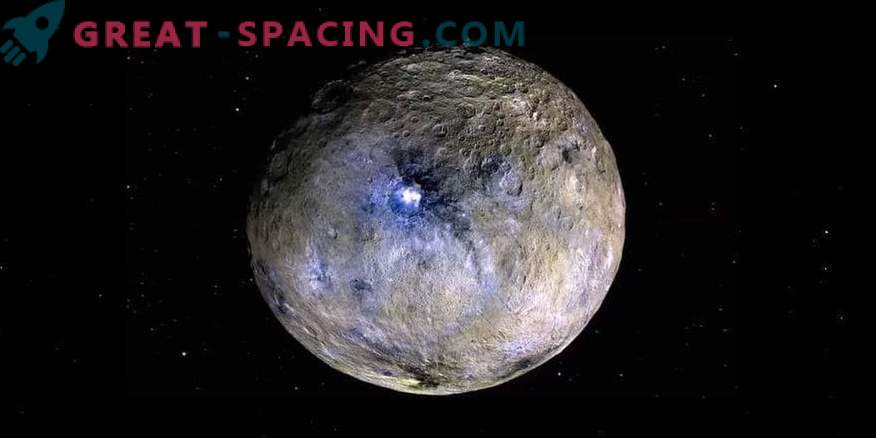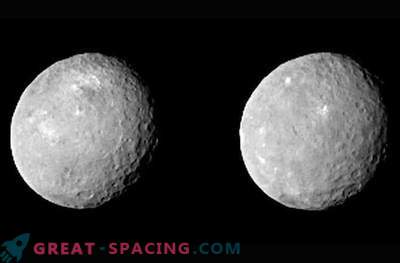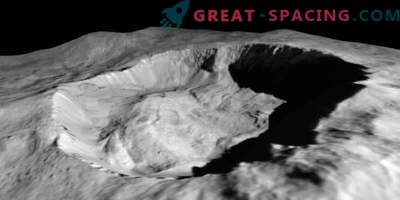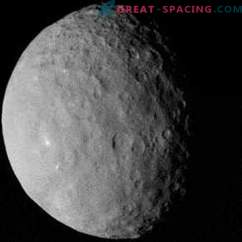
The dwarf planet Ceres has passed through indirect polar reorientation by about 36 degrees. Using data from the NASA Dawn (Dawn) mission, the researchers determined the magnitude of the bias with three independent confirming sources. This allowed us to fix the changes in the density of the dwarf planet, especially in the crust. Statistical analysis of the topography was used to analyze ridges and the paleo-pole. To match the cracks in the bark, the Matsuyama and Nimmo methods were used.
Multi-stage reorientation can indicate that the equatorial density anomaly still continued to evolve during the period of displacement. Perhaps the whole point is that the crust and mantle maintained a weak bond during rotation, allowing the cortex to begin to reorient while the mantle “braked”. If the crust and the mantle are allowed to shift relative to each other, this indicates a layer of reduced friction between them. How to reduce this mechanism? Among the assumptions indicate an ancient ocean of water under the bark. For more than 3 years, Dawn's mission has revolved around Ceres, collecting detailed observations and allowing to create detailed geophysical models. Then they can be adapted for comparison with other ice bodies. Among the examples it is worth recalling the parallel between the famous equatorial ridge of Yapet (Saturn's moon) and the remnant of the paleo-equatorial ridge of Ceres.











































